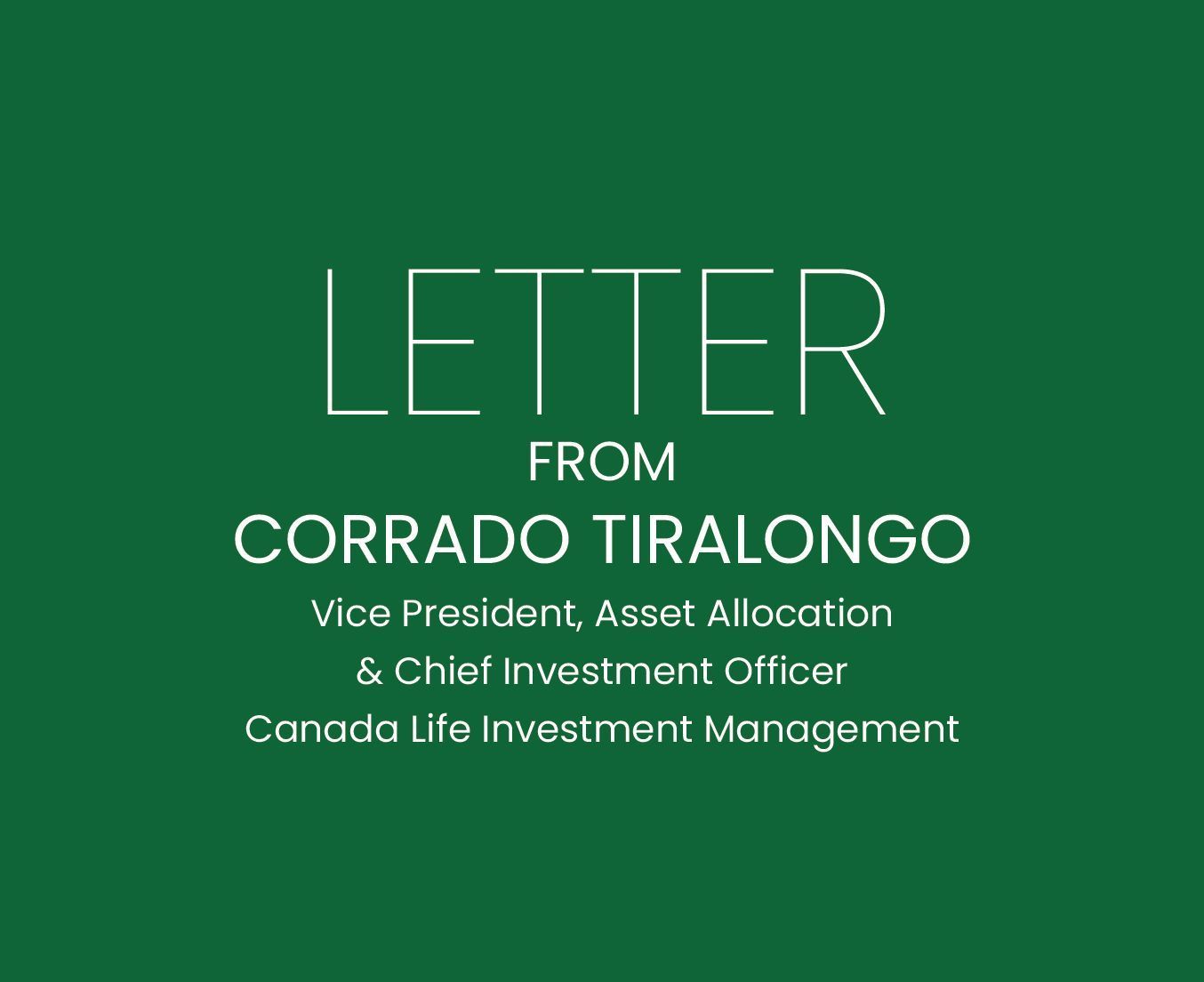IPC Investor Insights
The latest market insights from our team of experts.
Recommended Reading

April 2, 2025
Does the current volatility in the markets have you second guessing your investment strategy?
In this timely article, we remind investors that historically, market volatility is a constant and that short-term pain is the price we pay for the potential long-term gains that the markets can eventually deliver.

By Blair Setford
•
March 10, 2025
The key to long-term financial success is patience. Staying invested and allowing your assets to compound over time will be critical to building and preserving wealth. While trade disputes and market fluctuations may create short-term noise, history has shown that a disciplined approach to investing remains the best strategy.
Work with an IPC Advisor
Find out what an IPC Advisor can do for you.
There are no obligations, just possibilities.
Market Commentary
Financial Planning

April 2, 2025
Does the current volatility in the markets have you second guessing your investment strategy?
In this timely article, we remind investors that historically, market volatility is a constant and that short-term pain is the price we pay for the potential long-term gains that the markets can eventually deliver.

By Blair Setford
•
March 10, 2025
The key to long-term financial success is patience. Staying invested and allowing your assets to compound over time will be critical to building and preserving wealth. While trade disputes and market fluctuations may create short-term noise, history has shown that a disciplined approach to investing remains the best strategy.
Estate Planning
HEAD OFFICE
5015 Spectrum Way, Suite 200
Mississauga, ON
L4W 0E4
Local: 905-212-9799
Toll Free: 1-877-212-9799
Email: info@ipcc.ca
© 2025
Investment Planning Counsel











